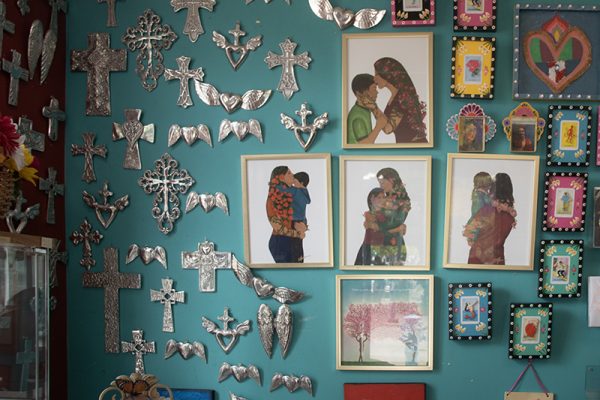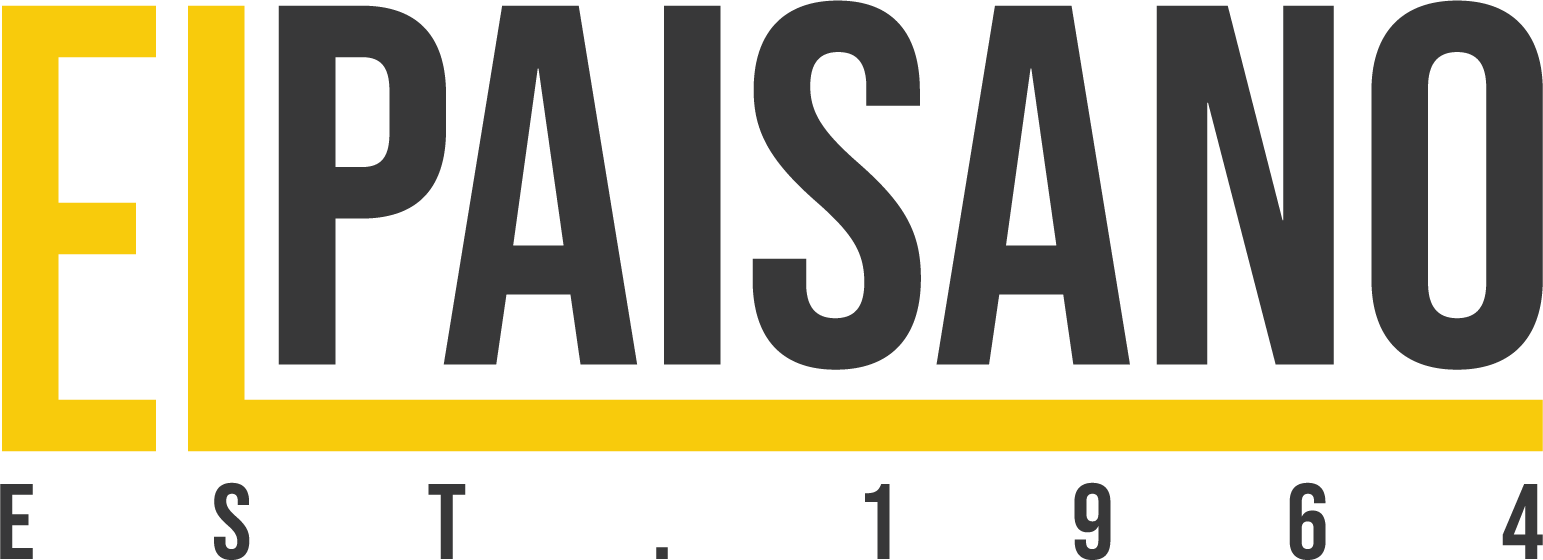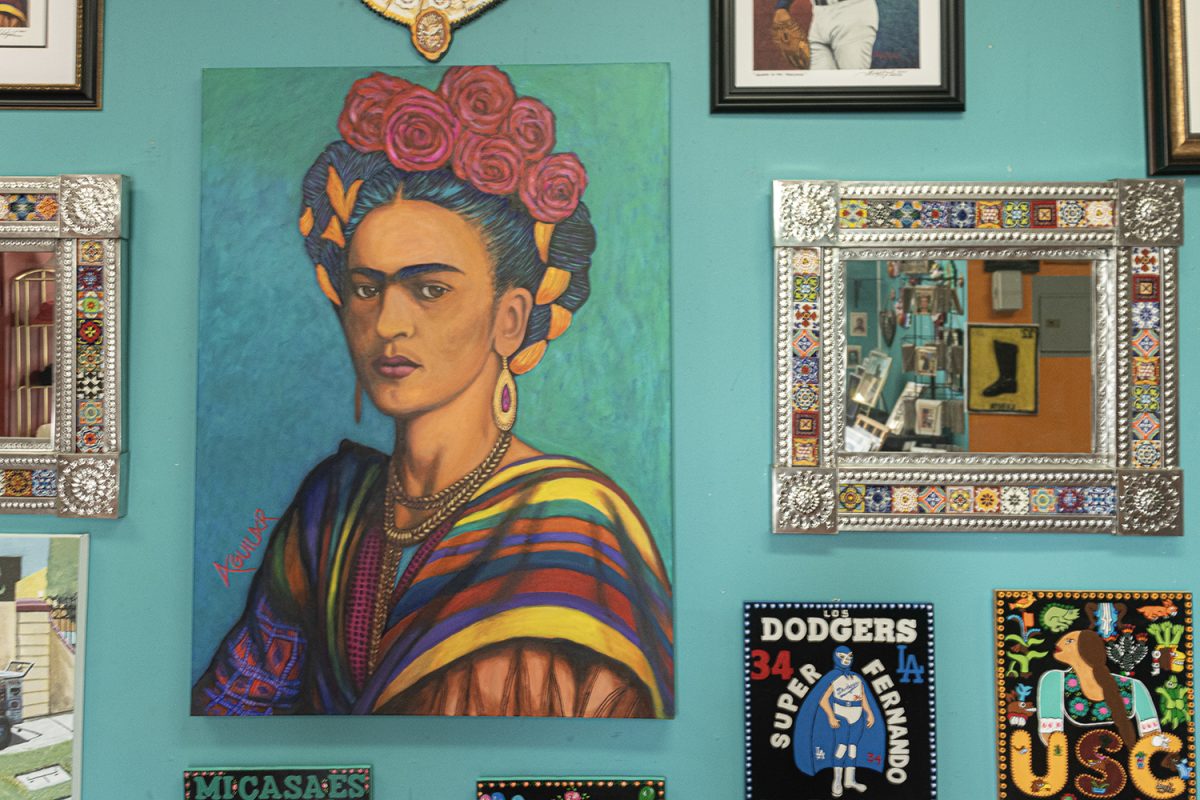Each year, the National Hispanic Heritage Month takes place from September 15 to October 15. Hispanic Heritage Month does not cover one month but instead starts in the middle of September and ends in the middle of October. The timeframe of this month is significant because many Central American countries celebrate their independence days within these dates.
The countries included for this celebration are, Mexico, Guatemala, Honduras, El Salvador, Nicaragua, Costa Rica, Panama, Colombia, Venezuela, Ecuador, Peru, Peru, Bolivia, Paraguay, Chile, Argentina, Uruguay, Cuba, Puerto Rico, and the Dominican Republic. Hispanic Heritage Month provides an opportunity to learn and celebrate the achievements, resilience, and hard work of Latina and Latino Americans. Throughout the time being, it is a national observance in the United States that aims to show appreciation for the hard work and dedication that were made to improve the country.
According to the National Council of Hispanic Employment Program Managers,
The observance began in 1968 as Hispanic Heritage Week under President Lyndon Johnson. It was expanded by President Ronald Reagan in 1988 to encompass 30 days, starting on September 15 and ending on October 15. It was enacted into law on August 17, 1988, with the approval of Public Law 100-402.

September 15 is significant because it marks the anniversary of independence for several Latin American countries, including Costa Rica, El Salvador, Guatemala, Honduras, and Nicaragua, as well as Mexico and Chile, which celebrate their independence days on September 16 and September 18. In honor of this, the Smithsonian is working to build the National Museum of the American Latino in Washington, D.C.
The National Council of Hispanic Employment Program Managers (NCHEPM) also selects a yearly theme; this year, the theme this year is “Collective Heritage: Honoring the Past, Inspiring the Future.”
To show further appreciation, the Smithsonian, National Museum shares,
“The contributions and experiences of Latinos in the United States are an essential part of our nation’s history and culture. The National Museum of the American Latino will showcase the achievements and contributions of Latinos to American history.”
To honor Hispanic American Veterans, the Library of Congress shares the perspective from Veterans, who share:
“To serve their country in time of war, Hispanic Americans displayed courage and valor in the face of adversity. Familiar with discrimination back home, many saw their service as affirming the ideals of democracy. In this presentation, the Veterans History Project recounts their inspirational stories.” The Library of Congress said.
Hispanic Heritage Month showcases an influential cultural expression through the use of technology and storytelling, a term known as “Lowriding,” which highlights self-expression and perseverance in the face of discrimination and segregation.
“It’s the one way that communities, particularly working class communities, historically have created space for themselves to not just express how they want to portray their culture,”Denise Sandoval said, Professor of Chicano and Chicana studies at California State University, Northridge.



